The Sumerian Royal List is a list of kings of Mesopotamia that has been found in various archaeological and documentary artifacts, with slight variations. The best preserved of all, and the one with the longest list, is the so-called Weld-Blundell Prism, a vertical clay prism inscribed in cuneiform dating to 1800 BC. and was found in 1922 in the city of Larsa, present-day Iraq.
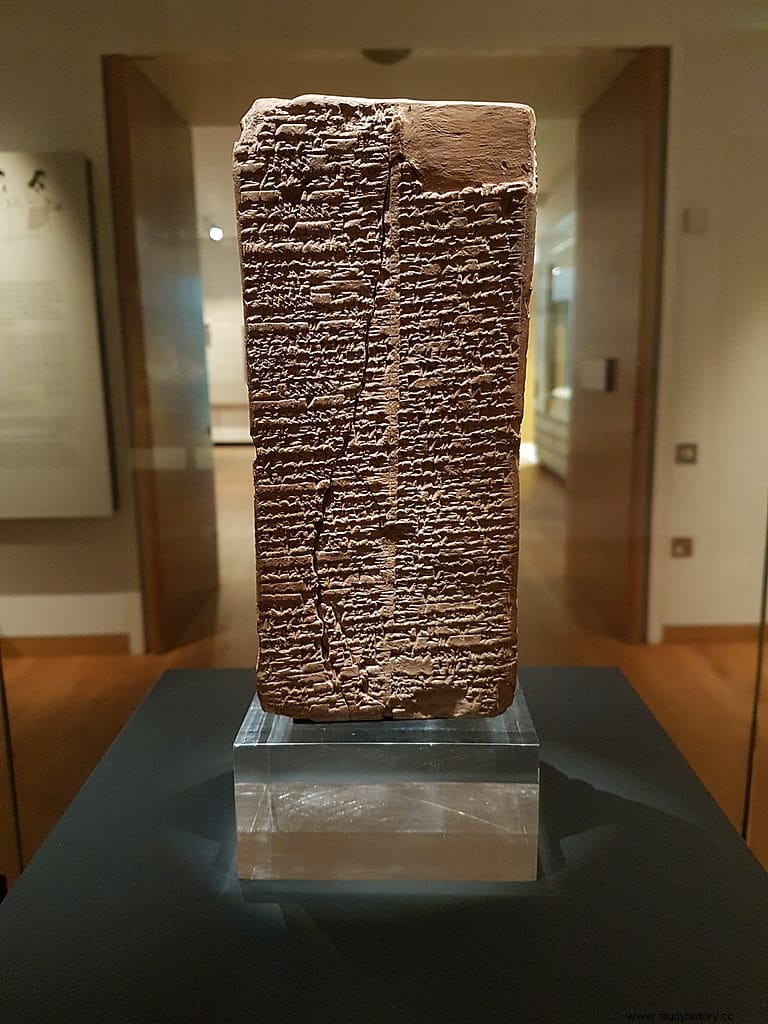
Contains a listing of all the Sumerian kings, from the mythical pre-flood rulers with incredibly long reigns (After kingship descended from heaven, kingship was in Eridug. In Eridug, Alulim became king and ruled 28,800 years ) until the Isín dynasty around 1730 BC
The only woman mentioned in that list is Queen Kubaba (Sumerian Kug-Bau ), who would have reigned for 100 years between 2500 and 2330 BC. approximately, during the third or fourth dynasties of Kish (Kish was a Sumero-Akkadian city).
Her grandson Ur-Zababa had a cupbearer who would end up dethroning him and creating an empire, Sargon the Great, whose story we already told in another article.
In the chronicle of Esagila , a religious text from ancient Babylon written about 1800 B.C. Kubaba is said to have been an innkeeper elevated to the throne in the reign of Puzur-Nirah:
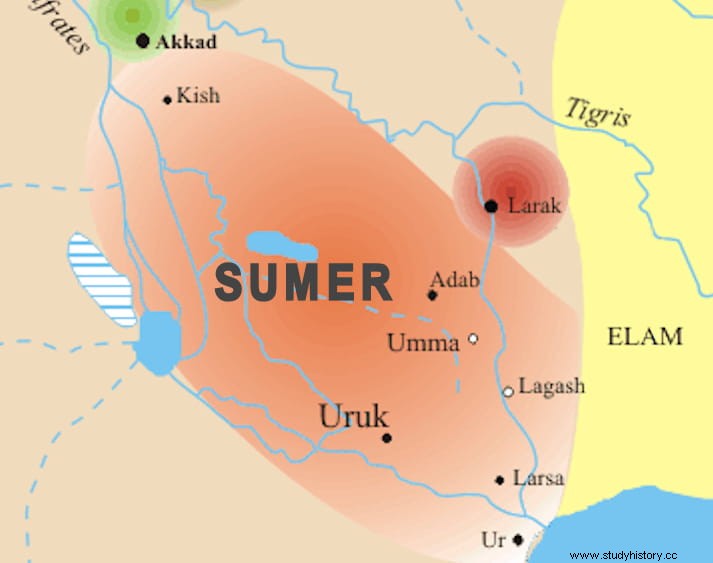
Little or almost nothing is known about Kubaba's life or reign, except that after her death she was deified and shrines in her honor began to proliferate throughout Mesopotamia. During the Hurrian period she was identified with Kebat, a title of the mother goddess Hannahannah.
At the beginning of the Hittite period we find her as a tutelary goddess and protector of the city of Carchemish (the Roman Europus in the current Syro-Turkish border) in cuneiform and hieroglyphic inscriptions.
In numerous reliefs found in Anatolia she is generally depicted seated, wearing a cylindrical headdress and holding a tympanum in one hand. (a kind of small drum that was played with her foot) or a mirror and in the other a grenade.
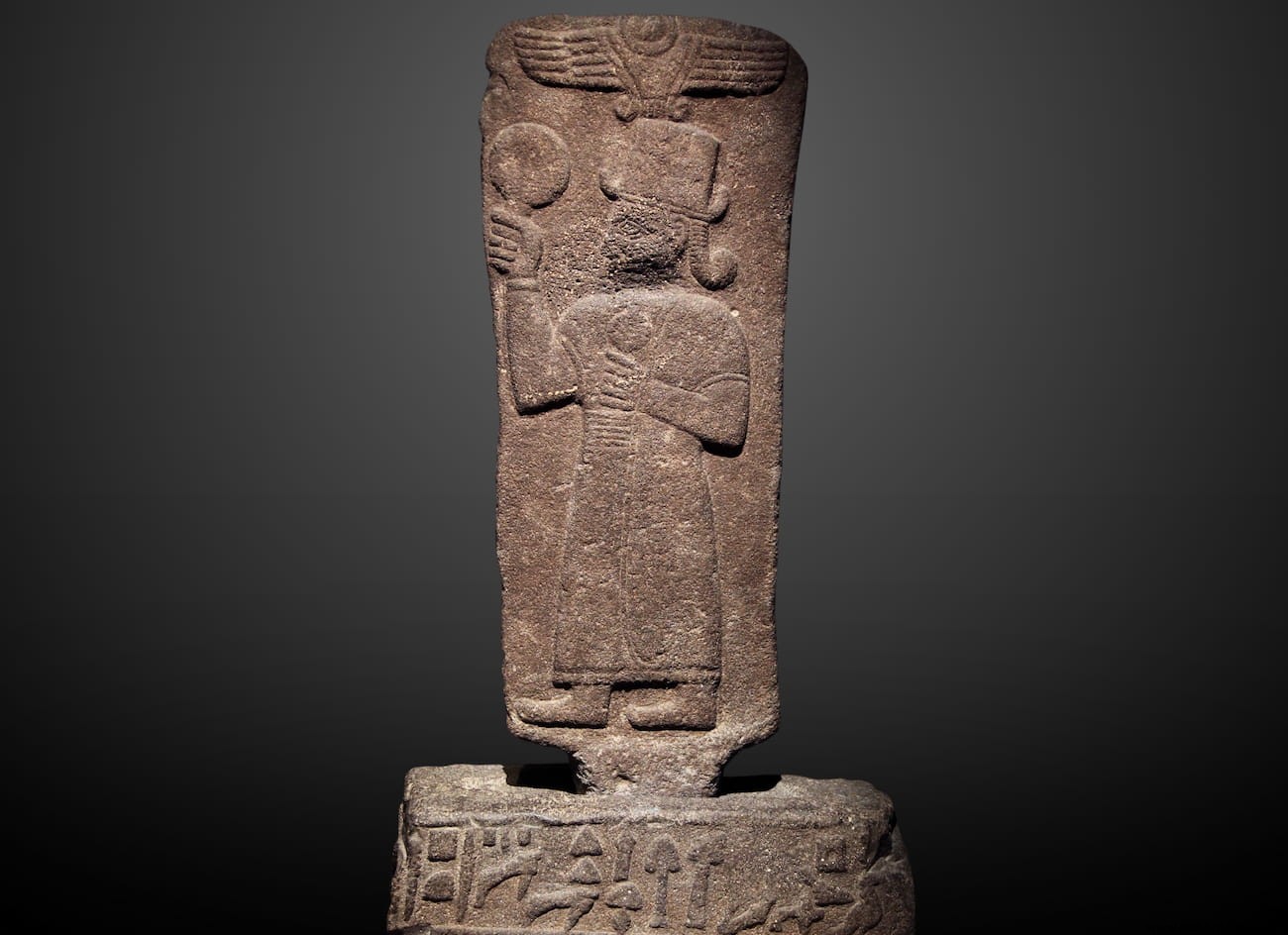
This is significant because the tympanum It is the most common of the instruments associated with the cult of the goddess Cybele in Greco-Roman art and literature. However, in Anatolia, where the goddess Cybele arose, she was not represented with him. It is only from the 6th century AD. than the iconography of Cibeles as meter (mother) shows her with a tympanum on her left arm, seated and with one or more lions.
According to Emanuel Laroche, Maarten J. Vermaseren, and Mark Munn, Kubaba's cult spread and her name was adapted to the main goddess of the successor kingdoms of the Hittites, with whom she merged to give rise to a new deity. Thus arose the Phrygian deity Matar Kubileya (Mother Cibeles). In Lydia her name was Kuvav, transliterated Kybêbê by the Ionian Greeks, and later Hellenized as daughter of Zeus .
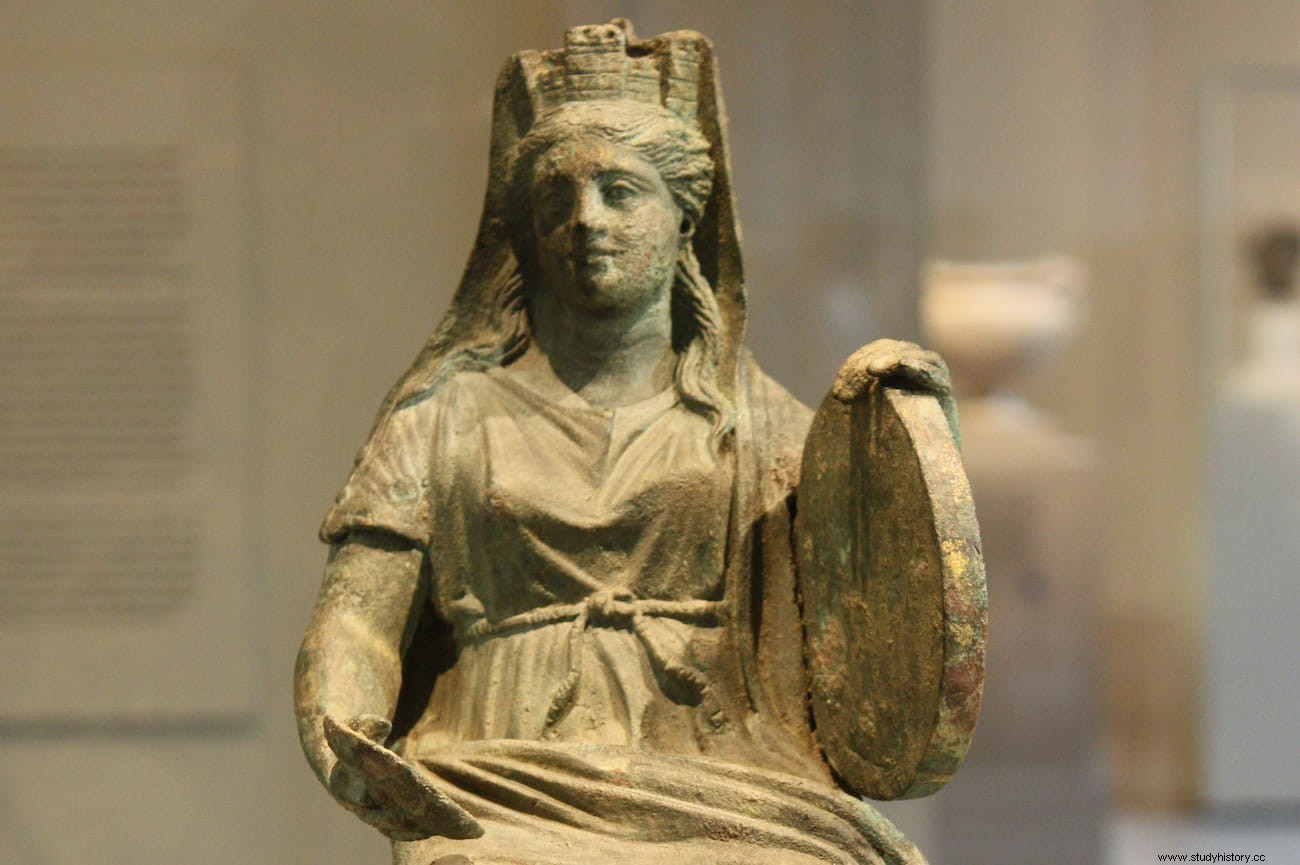
According to Munn, the proof for this is that the monuments of the Phrygian Mother all date back to the time when Kubaba was one of the goddesses of Sardes (the capital of Lydia), known to the Greeks as Kybebe.
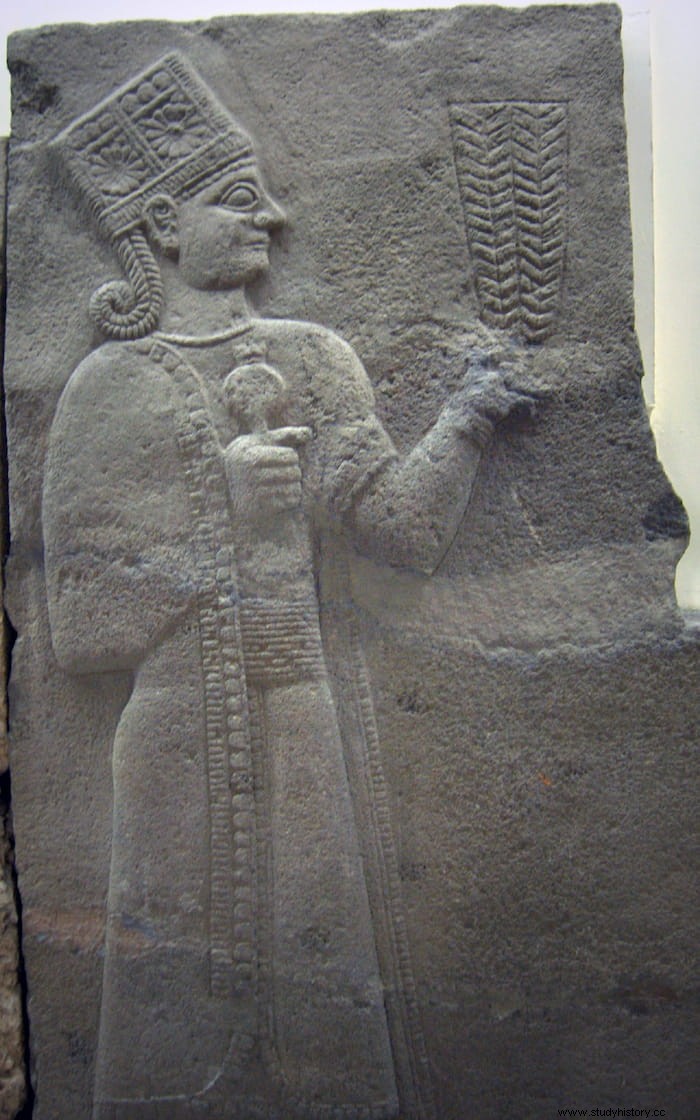
Thus, during the period when the monuments of Cybele, the Phrygian Mother, were created, Kubaba's most significant home was Sardis, in Lydia, where Greek sources say that she was called Kybebe by the Lydians and Phrygians. The places of Kybebe , known in Phrygian as kubeleya , were the natural or artificial places of worship of this goddess, who had become an expression of Lydian sovereignty.
If this hypothesis is correct, it means that a Sumerian innkeeper (possibly a later attempt to discredit her) from the 24th century BC, who seized the throne of Kish, was the first known woman to reign in her own name and had a long reign, She ended up becoming one of the most important goddesses in ancient religion and mythology, nothing less than the personification of Mother Earth and Nature, the Mother Goddess Cibeles.
However, not all specialists agree with her. Manfred Hutter believes that when the Persians burned Sardis, as Herodotus relates, burning the temple of Kubaba, she disappeared from the religion and history of Lydia, never recovering.
Therefore, he believes that the idea that Kubaba contributed to the formation of the Matar Kubileya Phrygia should be discarded, since both goddesses would be different, although there would be some iconographic influences between the representations of both.
